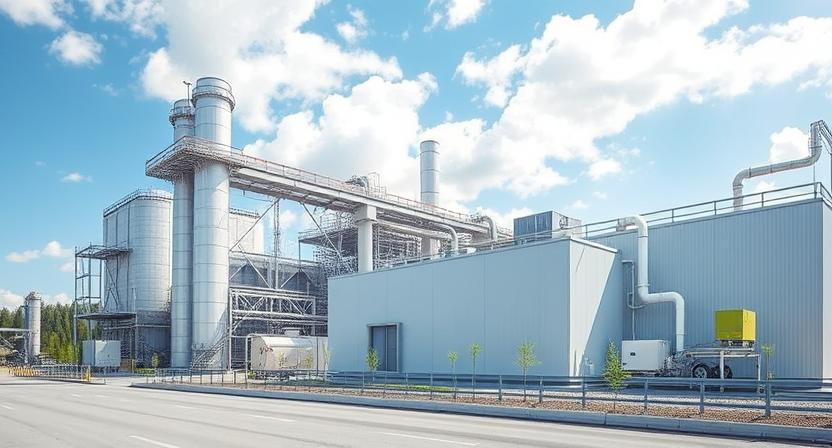
Understanding Vapor Absorption Machines and Their Role in Energy-Efficient Cooling
Understanding Vapor Absorption Machines and Their Role in Energy-Efficient Cooling
Cooling technology is evolving rapidly, with a growing focus on energy efficiency and sustainability. One of the most efficient solutions in industrial and commercial cooling is the Vapor Absorption Machine (VAM). Unlike traditional HVAC systems that rely on electricity, VAM utilizes heat sources such as waste heat, solar energy, or steam to drive the cooling process. This article explores how VAMs work and their advantages over conventional systems. Learn about Direct Fired Chiller | See VAM Product Page | CCHP Systems | Pump Solutions
-
How Vapor Absorption Machines Work
VAMs operate on the principle of absorption refrigeration, using a refrigerant (usually water) and an absorbent (lithium bromide or ammonia) to transfer heat. Instead of an electrically driven compressor, VAMs use a thermal energy source to circulate the refrigerant. This process significantly reduces electricity consumption, making them ideal for industries that generate excess heat as a byproduct.
-
Advantages of VAMs Over Traditional Cooling Systems
- Energy Efficiency: VAMs utilize heat rather than electricity, reducing overall energy costs.
- Environmental Benefits: As they rely on natural refrigerants and waste heat, VAMs have a lower carbon footprint than traditional HVAC systems.
- Lower Operating Costs: By reducing dependence on electrical power, operational expenses decrease over time.
- Flexible Applications: VAMs can be integrated with industrial waste heat recovery systems, solar thermal systems, and cogeneration plants.
-
VAM vs. Vapor Absorption Chillers (VAC)
Though often used interchangeably, Vapor Absorption Chillers (VACs) are a subset of VAMs that focus solely on providing chilled water for cooling applications. VACs are widely used in air conditioning for large commercial buildings, hospitals, and data centers.
-
Conclusion
Vapor Absorption Machines present a viable alternative to traditional air conditioning systems, particularly in environments where waste heat is abundant. By leveraging this technology, businesses can reduce energy costs and enhance sustainability efforts.
Contact us for a free consultation | Visit BROAD India
